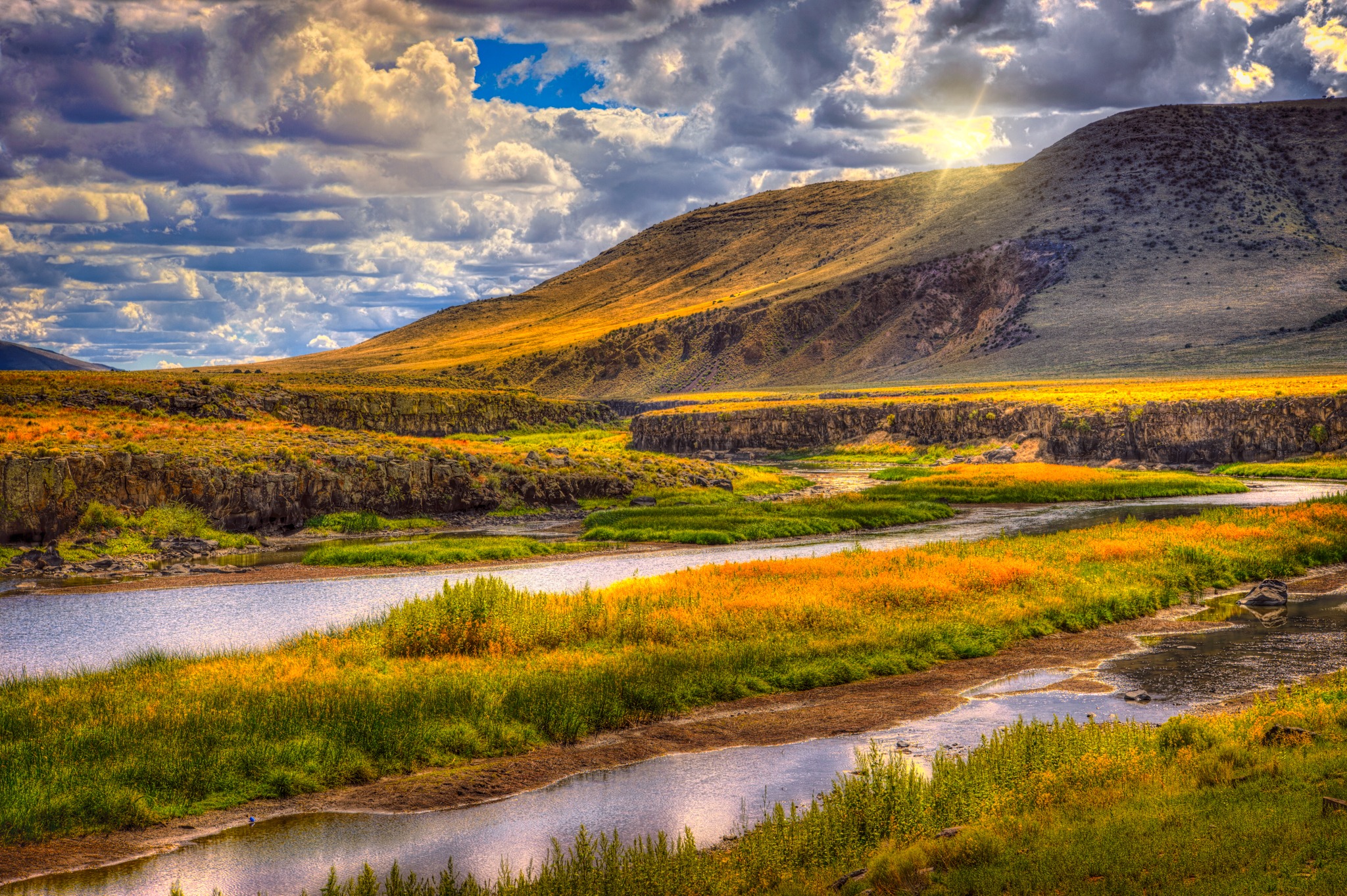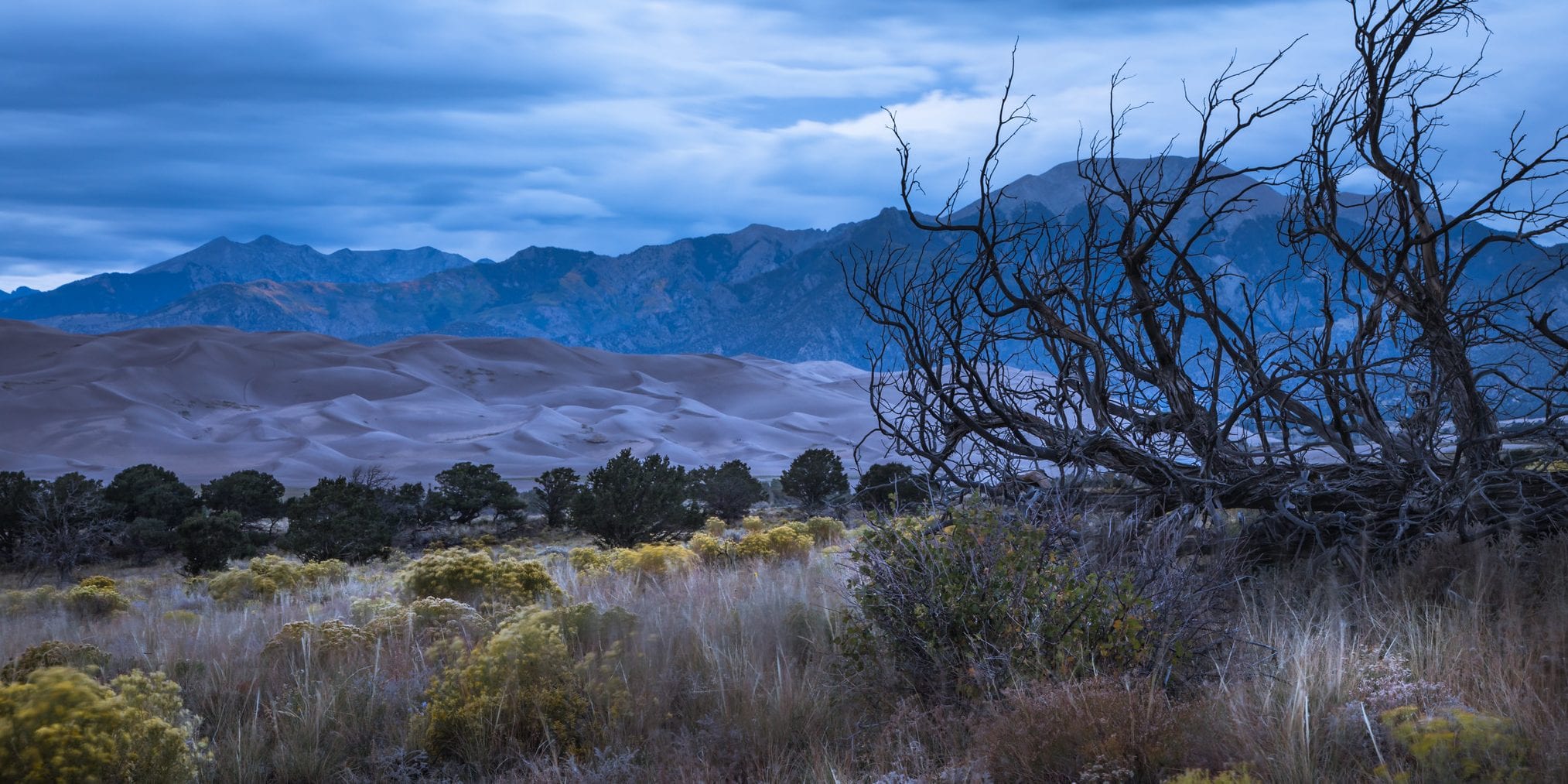
The San Luis Valley: Where High Desert Dreams Meet Ancient Mysteries
The San Luis Valley doesn’t just exist; it pulsates. Tucked away in south-central Colorado, this high-altitude desert basin, roughly the size of Connecticut, is a land of profound contrasts and enigmatic allure. Here, the whispers of ancient spirits mingle with the hum of modern wind turbines, and the stark beauty of the landscape cradles both deeply rooted traditions and outlandish mysteries. To traverse its vast, sun-drenched expanse is to step into a narrative woven from geology, history, spirituality, and the stubbornly independent spirit of those who call it home.
At first glance, the Valley can feel desolate. Sagebrush and greasewood carpet the plains, stretching for miles to meet the jagged peaks of the Sangre de Cristo Mountains to the east and the rounded contours of the San Juans to the west. This is one of the largest high-altitude valleys in the world, sitting at an average elevation of 7,600 feet, creating a distinct "sky island" ecosystem. Yet, beneath this seemingly barren exterior lies a surprising abundance. The mighty Rio Grande, one of North America’s longest rivers, flows through its heart, carving a fertile ribbon of life and sustaining an agricultural tradition that dates back centuries.
The most striking natural wonder, and perhaps the Valley’s most iconic symbol, is the Great Sand Dunes National Park and Preserve. Here, against the backdrop of snow-capped peaks, rise the tallest dunes in North America – an otherworldly landscape sculpted by wind and time. These aren’t just hills of sand; they are living, shifting giants, some soaring over 750 feet high, their slopes inviting exploration and contemplation. Climbing them at dawn or dusk, one experiences a profound silence, broken only by the "singing sands" – a low hum produced by the friction of billions of grains of sand shifting underfoot.
:max_bytes(150000):strip_icc()/SandDunes-570fe50c3df78c3fa22bc9af.jpg)
"The dunes are more than just a geological marvel; they’re a spiritual experience," says Emily Chen, a park ranger who has spent years guiding visitors through the shifting landscape. "People come here seeking wonder, and they find it. There’s a timelessness here, a sense of being connected to something much larger than yourself." The park also encompasses diverse ecosystems, from alpine tundra to wetlands, harboring unique flora and fauna, including the endangered American piping plover and a variety of endemic insects specially adapted to the dune environment.
Human history in the San Luis Valley is as deep and layered as its geological strata. For millennia, it was the hunting grounds and sacred territory of various Native American tribes, primarily the Ute, who revered the land and its abundant wildlife. Their ancient pathways crisscross the plains, and their petroglyphs can still be found etched into remote rock faces, silent testaments to a profound connection with the earth.
With the arrival of Spanish colonists in the mid-19th century, a new chapter began. The Valley became a frontier outpost of New Spain, and later Mexico, before becoming part of the United States. San Luis, established in 1851, holds the distinction of being Colorado’s oldest continuously inhabited town. Its residents, many of whom trace their lineage back to the original settlers, still practice the ancient acequia system – a communal irrigation network of hand-dug ditches that distributes water from the Rio Culebra, fostering a deep sense of community and shared responsibility. The Penitente Morada, a historic adobe chapel, stands as a symbol of the enduring Catholic faith and unique cultural traditions that define this corner of Colorado.
Agriculture remains the backbone of the Valley’s economy. Potatoes, renowned for their quality and taste, are king here, with vast fields stretching to the horizon, feeding a nation. Barley, alfalfa, and various grains also thrive in the rich, volcanic soil. But farming in the high desert is a constant battle, primarily against water scarcity. "Water is life here," says Maria Rodriguez, a third-generation farmer near Monte Vista. "Without it, this valley dies. We’ve learned to be resilient, to make every drop count, but the changing climate makes it harder every year." The delicate balance of water rights, particularly with the Rio Grande Compact governing water allocation downstream, is a perpetual and often contentious issue that shapes the Valley’s future.
Beyond its natural beauty and historical depth, the San Luis Valley is perhaps most famously known for its peculiar, often inexplicable phenomena. It has earned a reputation as a hotspot for UFO sightings and unexplained aerial phenomena, drawing a steady stream of "skywatchers" and enthusiasts. The San Luis Valley UFO Watchtower, a quirky roadside attraction near Hooper, stands as a testament to this belief, drawing visitors from around the world eager to share their stories or catch a glimpse of something unearthly.
"People laugh, but I’ve seen things out here that can’t be explained," asserts Judy Messoline, the owner and founder of the Watchtower, whose collection of newspaper clippings and eyewitness accounts stretches back decades. "There’s an energy in this valley, a kind of portal, some say. It’s not just lights in the sky; it’s a feeling, a presence." This mystique extends to reports of bizarre cattle mutilations, which have plagued local ranchers for decades, leaving behind livestock with precise, surgical excisions and no discernible blood loss – a puzzle that continues to baffle law enforcement and scientists alike.
Adding another layer to the Valley’s spiritual tapestry is Crestone, a small town nestled at the base of the Sangre de Cristos. It has become a global magnet for spiritual seekers, home to an astonishing array of religious centers, monasteries, and retreat facilities representing diverse traditions from Tibetan Buddhism and Catholicism to Zen and Native American practices. The air here feels different, charged with an unspoken reverence. "There’s an energy here you won’t find anywhere else," muses Sarah Jenkins, a resident drawn to Crestone for its spiritual retreats. "It’s a place where you can truly connect with yourself and the divine, whatever that means to you."
Despite its unique appeal, the San Luis Valley faces significant challenges. Economic opportunities can be scarce, leading to a "brain drain" as younger generations seek livelihoods elsewhere. Poverty rates are higher than the state average, and access to essential services, including healthcare and high-speed internet, can be limited due to its remote nature. Yet, the resilience of its communities is undeniable. Efforts are underway to diversify the economy, leveraging the Valley’s vast solar and wind resources for renewable energy projects, promoting agritourism, and supporting small businesses.

The San Luis Valley defies easy categorization. It is a place of profound beauty and harsh realities, of ancient wisdom and modern mysteries. It is a testament to the enduring human spirit in the face of isolation and environmental challenges. Whether you come seeking the grandeur of the Great Sand Dunes, the echoes of Spanish colonial history, a glimpse of the unexplained, or simply a quiet place to find yourself under an impossibly starry sky, the Valley offers an experience unlike any other. It is a landscape that demands respect, invites contemplation, and ultimately, leaves an indelible mark on the soul – a truly unique corner of the American West that continues to surprise, inspire, and mystify all who venture into its expansive embrace.


